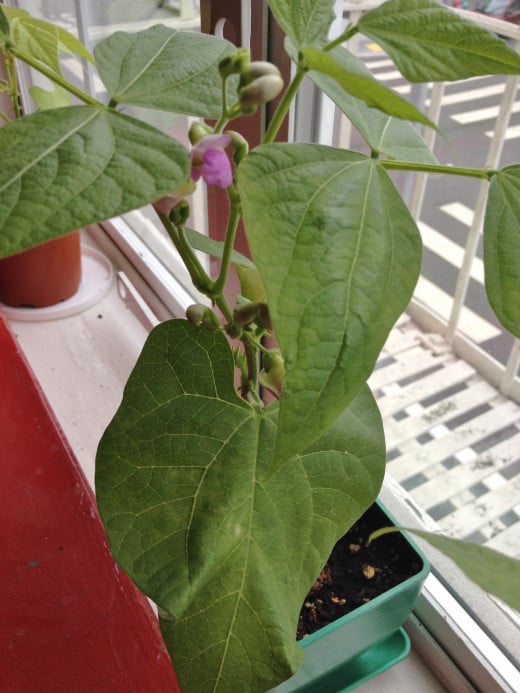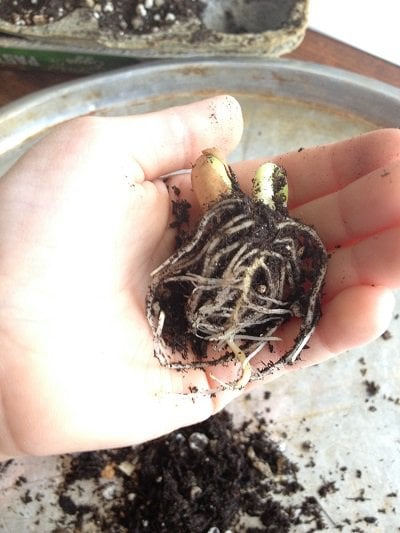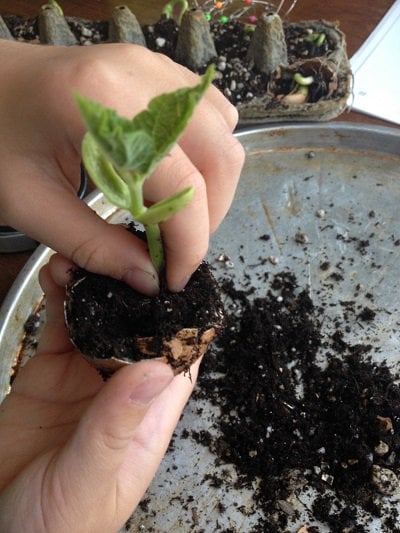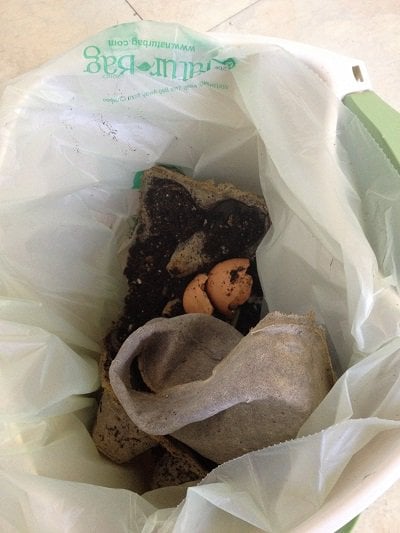- HubPages»
- Books, Literature, and Writing»
- Books & Novels»
- Children's Books
How a Seed Grows--Learning to garden

Learning how seeds grow with my granddaughter
Not long ago, my six-year-old granddaughter and I planted an indoor mini garden of green beans and micro-greens. We had a blast.
Here's what happened with our bean plants, from planting the seeds to watching them grow. But first, a little back story.
When we're out and about, this inquisitive one inevitably asks about the plants along the way. That's probably because, as her Granny Nanny, from the time she was gurgling in her roving bassinet, I showed her plants on our walks. Together, we ogled, touched and sniffed every brightly colored flower, oddly shaped leaf, or fragrant blossom.
"What's this, YayYay?", she asks, pointing out a flaming fuchsia bougainvillea. (She dubbed me YayYay when first learning to talk. It stuck.)
"How do you know that's a bract and not a flower?" Yes, she's already used to terms like bract.
She likes to cook with me too, and since we do mostly vegetarian, she's plenty curious that both the black nubbins we mash and put in our tacos and the long, skinny, green vegetables we crunch raw and sometimes eat steamed and laced with lemon butter, are called beans.
We've had plenty of fun dissecting the various forms our beans come in, I can tell you.
She likes to read books together, too, so naturally, I found a book right up our plant-loving alley. Using How a Seed Grows, (written by Helene J. Jordan, illustrated by Loretta Krupinski) as our guide, we planted our first indoor garden together.

How a Seed Grows
The Easter bunny came a little early to Grandma's house this spring, with this book tucked next to chocolate bunnies and candy eggs.
The holiday over, it wasn't until school was out that we had enough time together to actually plant and grow our seeds and follow along with the story and its step-by-step science project.
What fun! Just take a look at the picture story of our project, below. We followed the book fairly closely. How did we go from boiled eggs to growing bean plants on our windowsill? Take a peek and see.
First, we had to choose our seeds and gather supplies and tools.
To begin this project, gather the supplies and tools you will need
This selection of materials is similar to what we used. I had everything but the seeds on hand.
I recommend buying local whenever possible, but I include these examples here for those who may not have access, close to home, to the tools and supplies they would prefer.
Seeds of Change is about seeds and so much more
We bought USDA certified organic bush bean seeds from our local hardware store, but if I had to buy online, I would pick Seeds of Change.
With their emphasis on preserving a diverse seed bank, growing and propagating seeds in organic soil, and keeping the seed gene pool available to all, Seeds of Change is in the business of protecting our food and plant security for generations to come.
Use certified organic potting soil whenever you can
Read the labels on your potting soil to be sure it is certified organic and is food safe! Dr. Earth's soil doesn't have a certification that I can find, but does seem to be well respected by organic gardeners. They have a web site that is worth a look-see.
Terracotta clay pots are both practical and beautiful
These are similar to one of the pots we used. I prefer terracotta clay indoors and in the garden, but we also had a plastic pot and a pot made of recycled materials on hand, so we experimented with all three.
Our project, in pictures
Click thumbnail to view full-size






















Watch a seed germinate and grow
A man named Neil Bromhall captured bean seeds germinating underground, poking their heads above-ground, then raising their first leaves to the sunny sky. Follow this link to watch his amazing video: Epigeal germination climbing bean time lapse.
They're blooming!

We think we've found a garden home for our three bush bean plants, a garden my granddaughter can visit and watch her beans grow, bloom and fruit.
She will burst with pride the day she eats a bean she grew herself. I know, because of her joy when she nibbled the first beet microgreens we grew together with our beans.
© 2014 Kathryn Grace
































